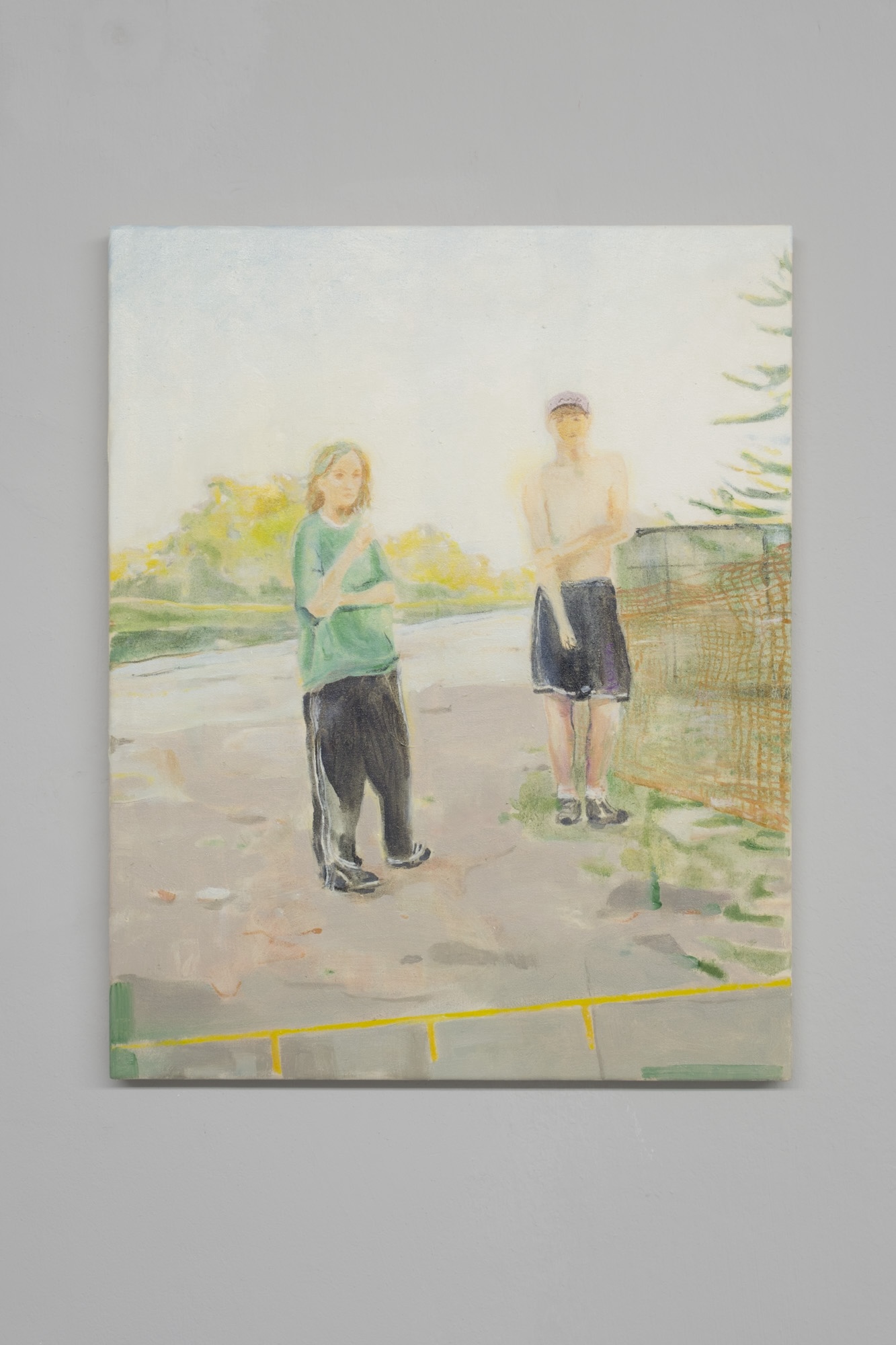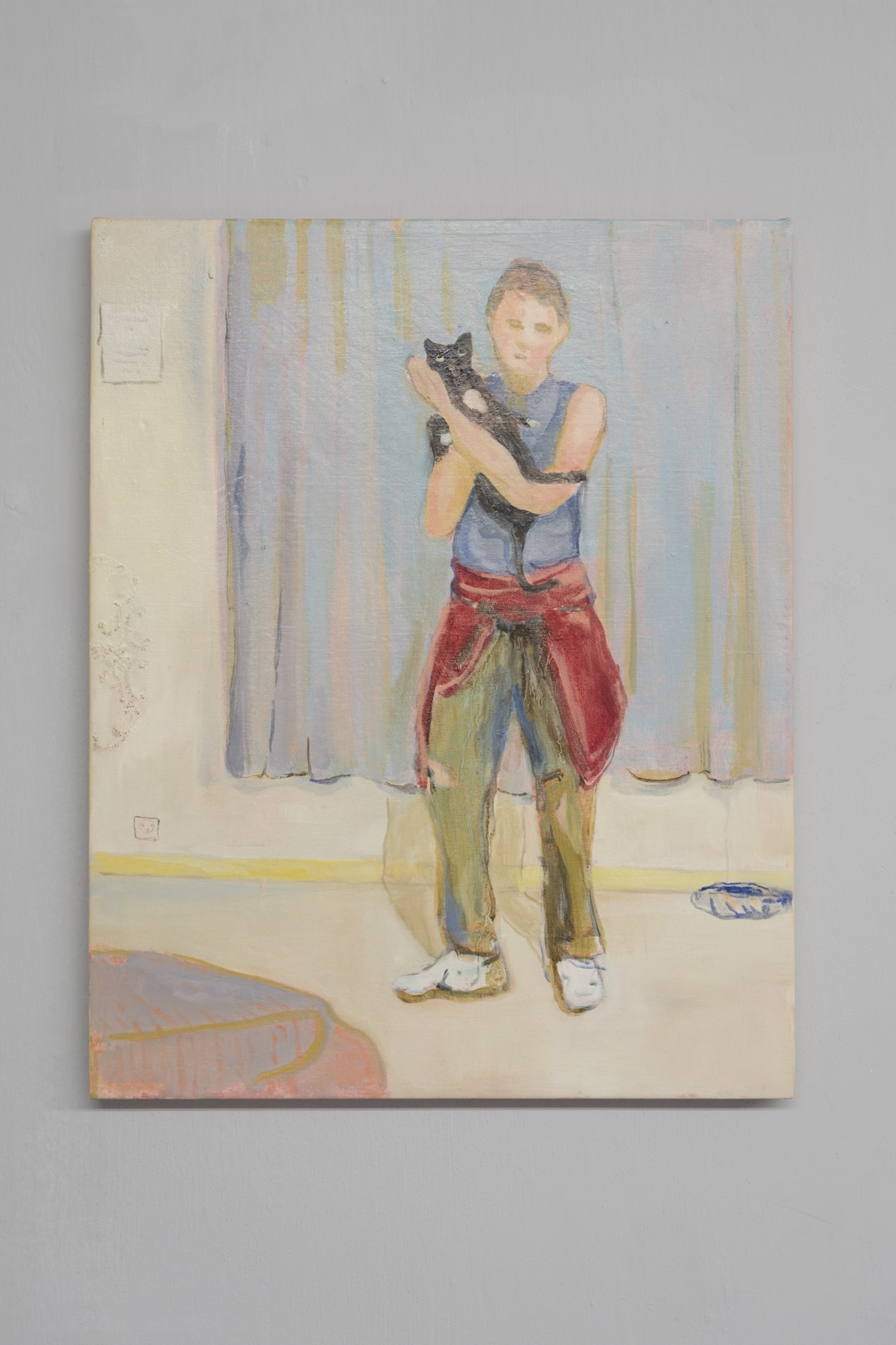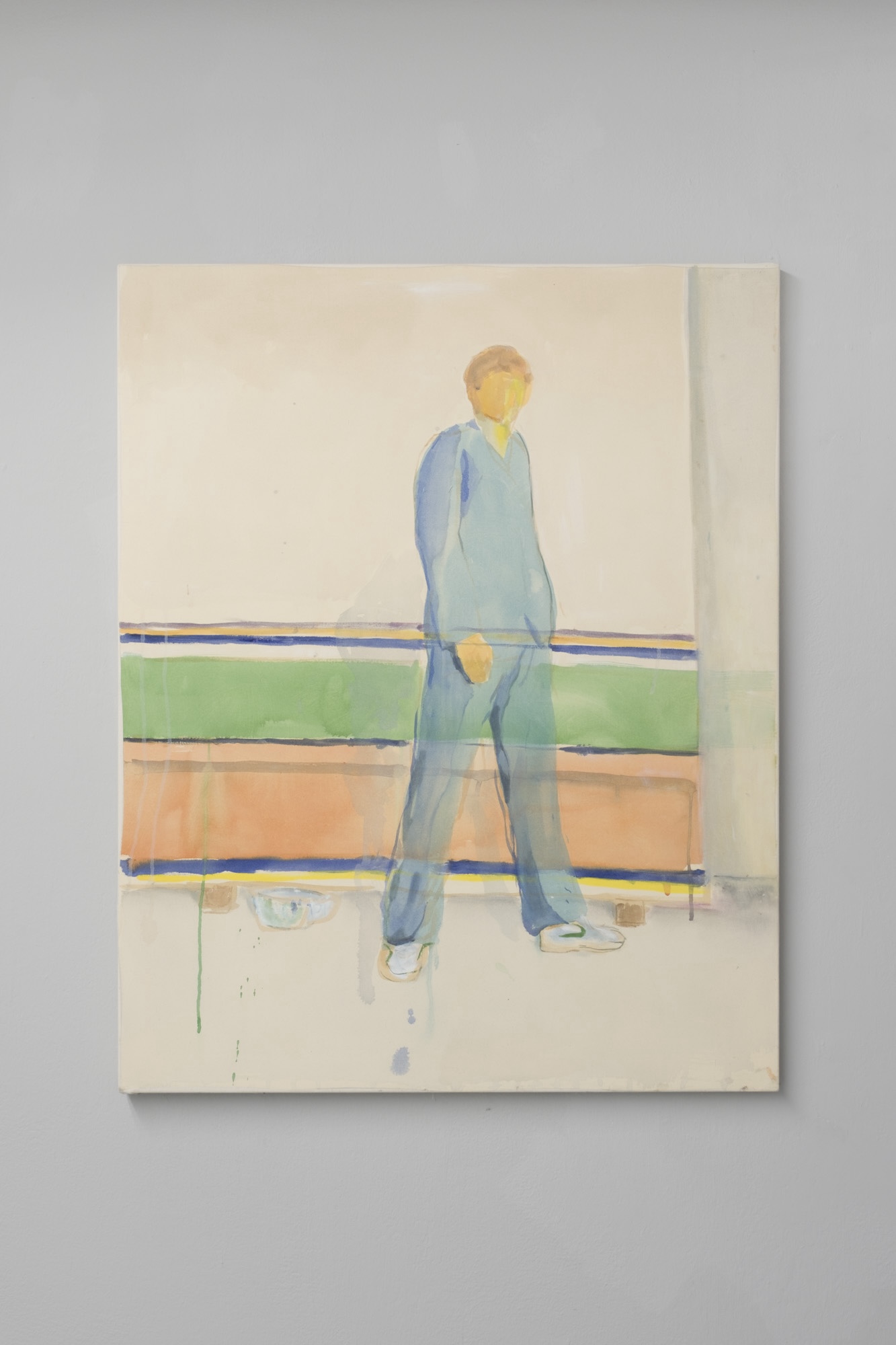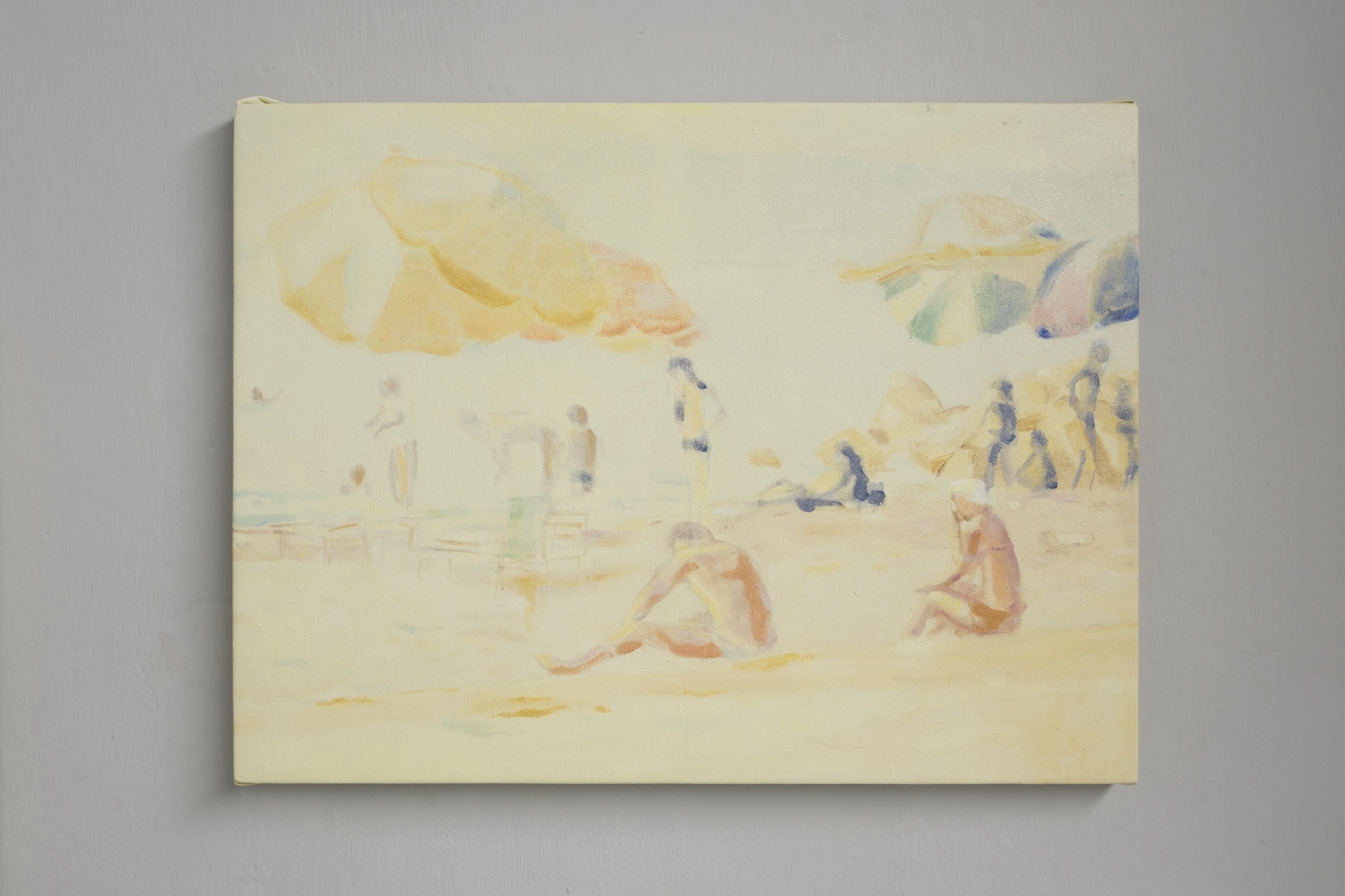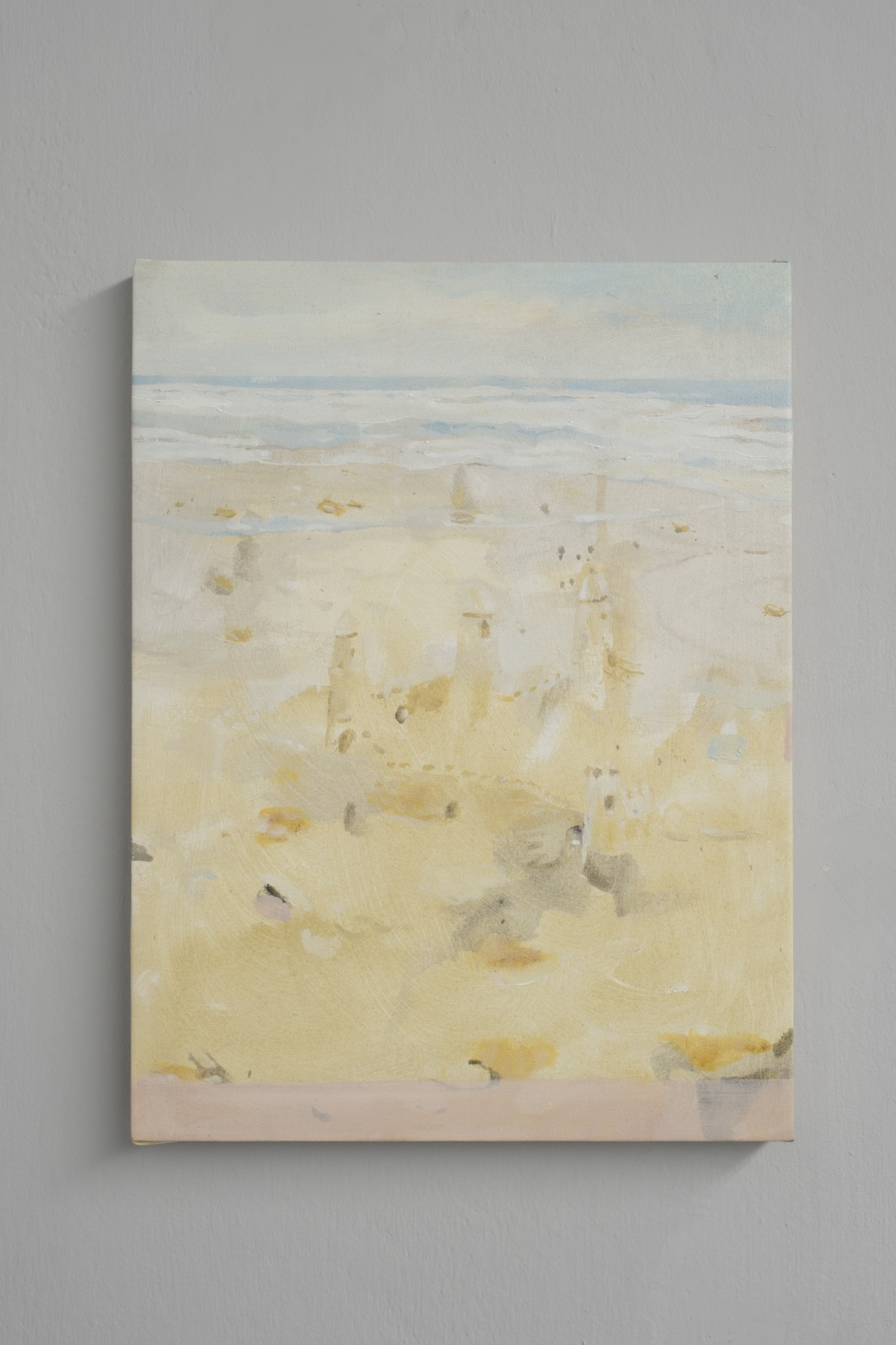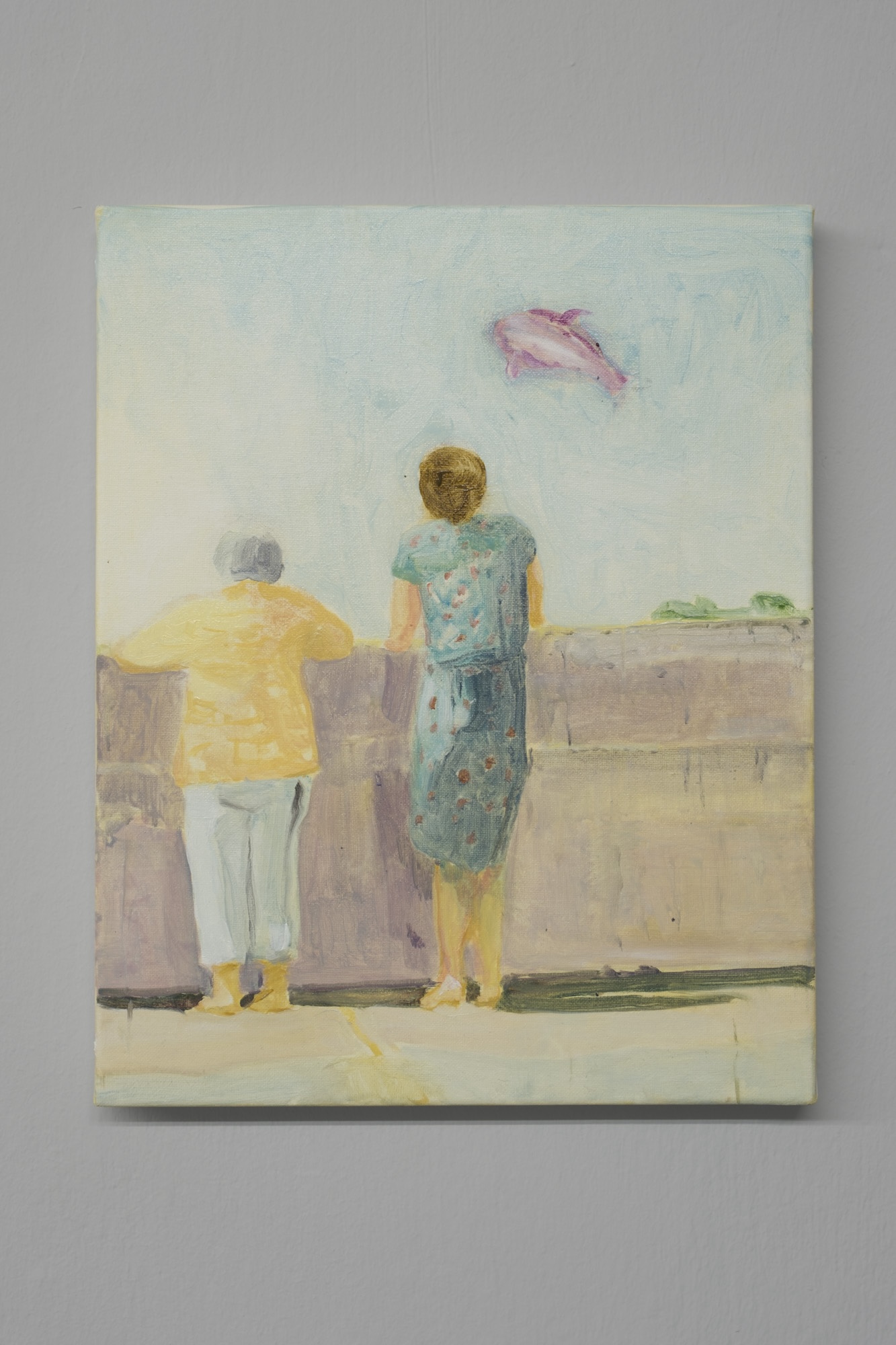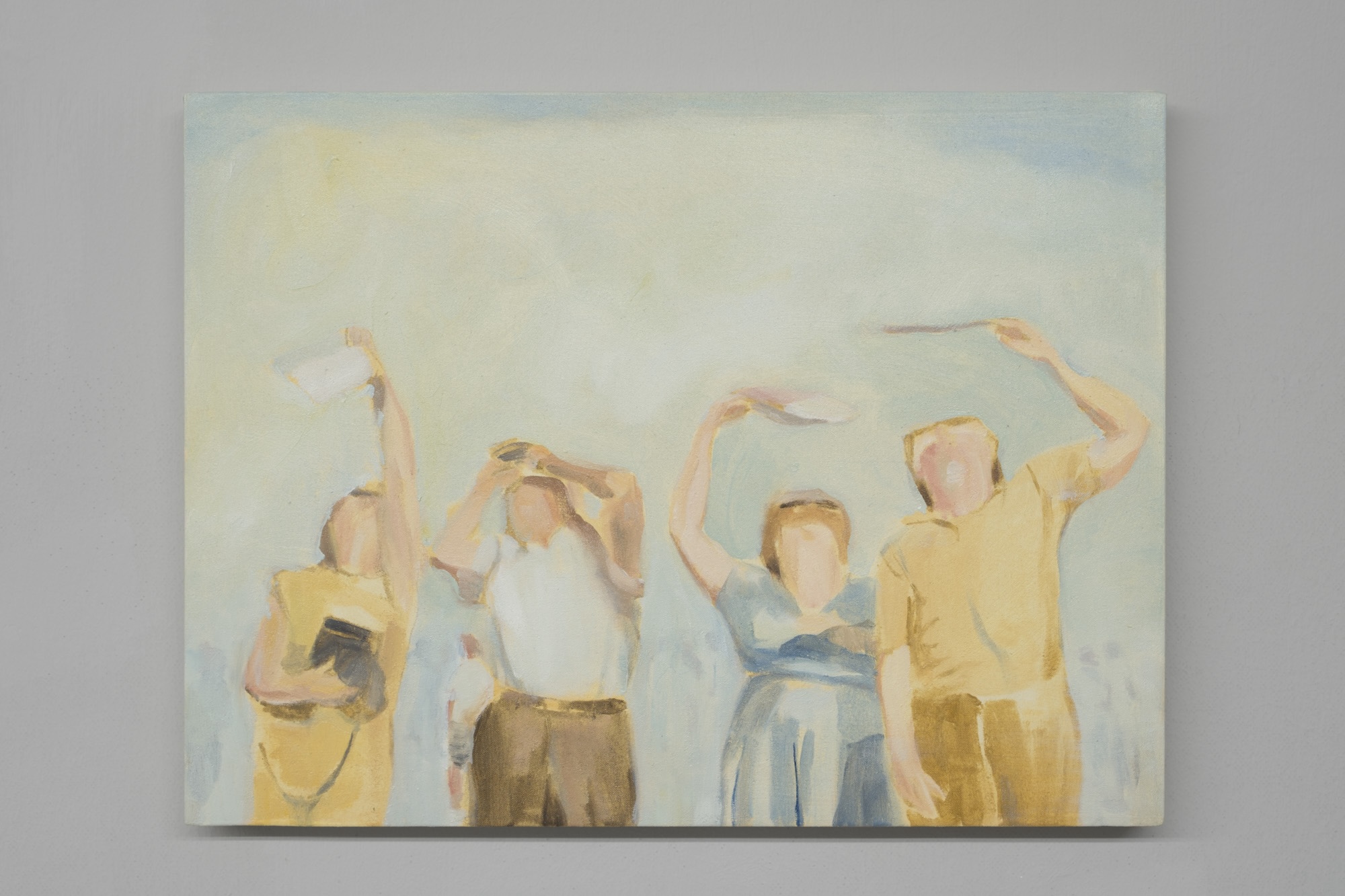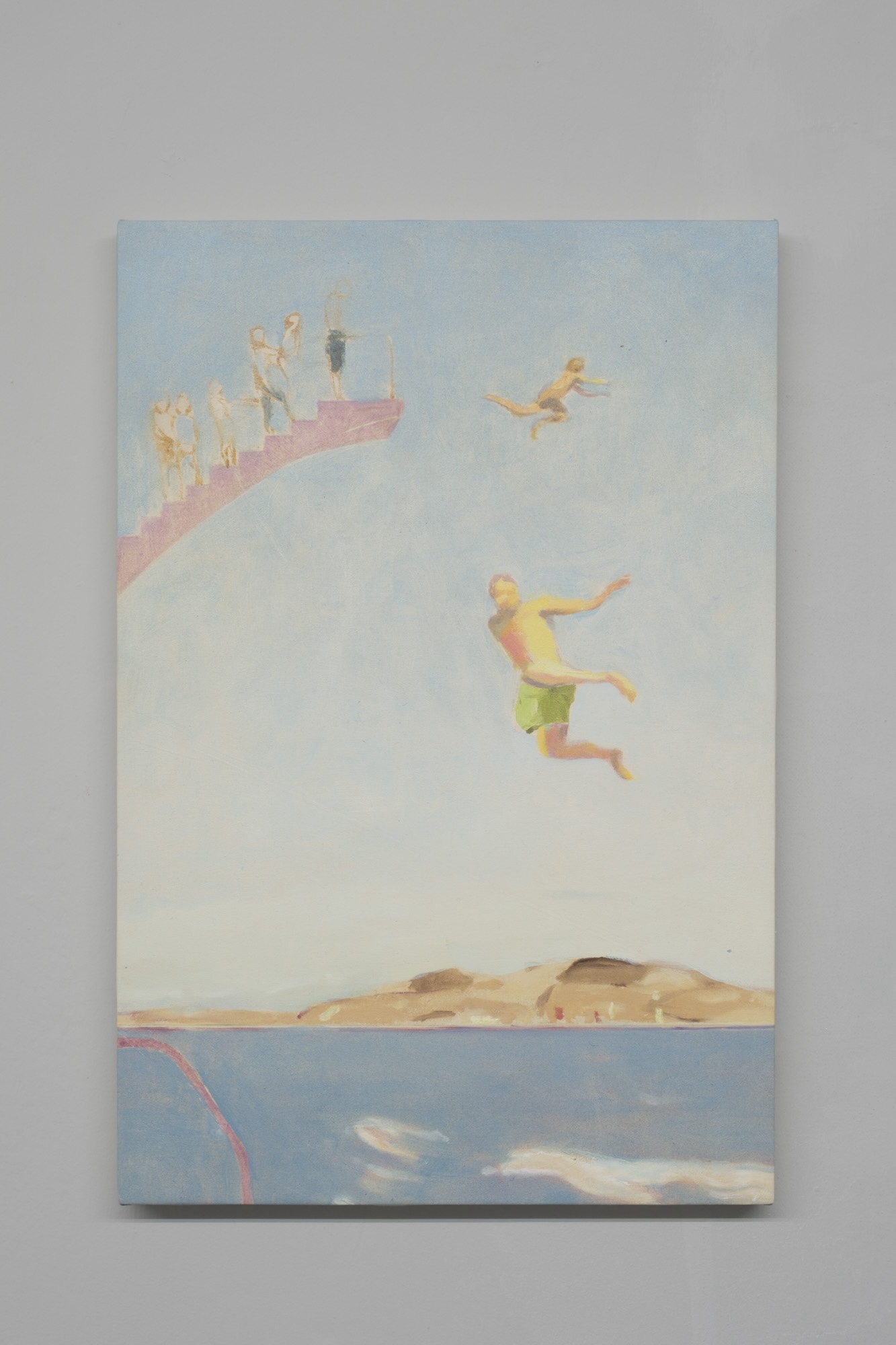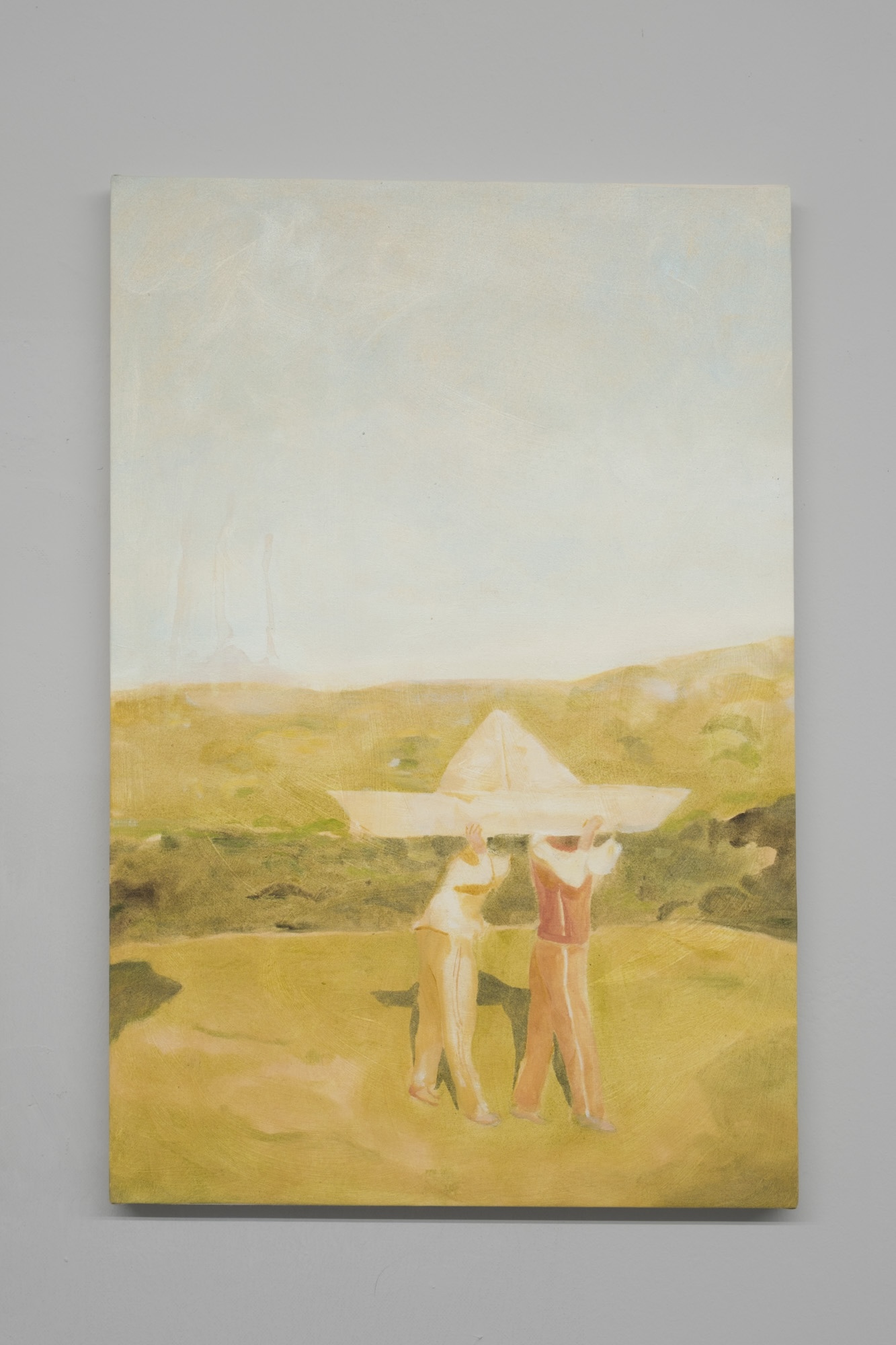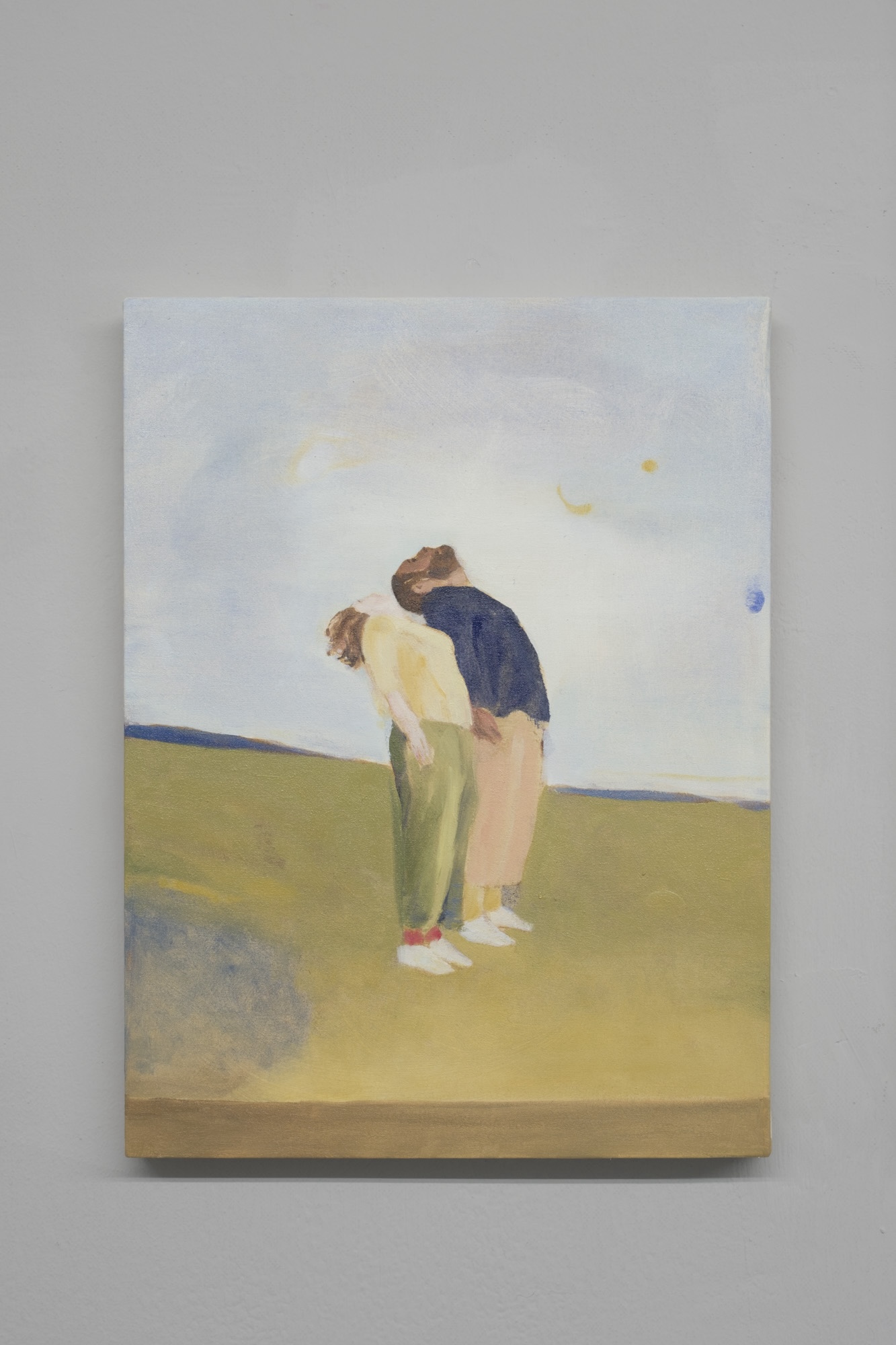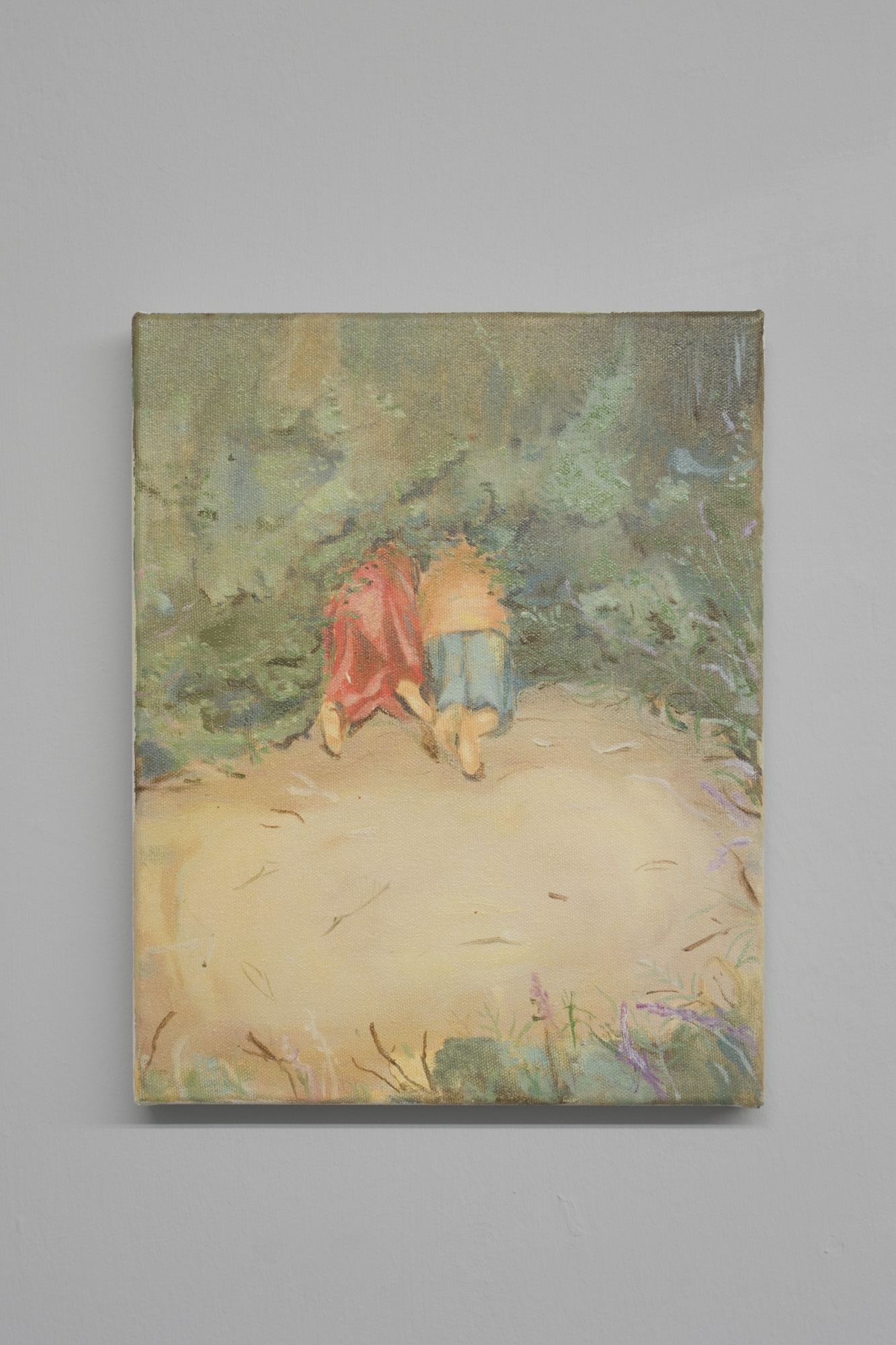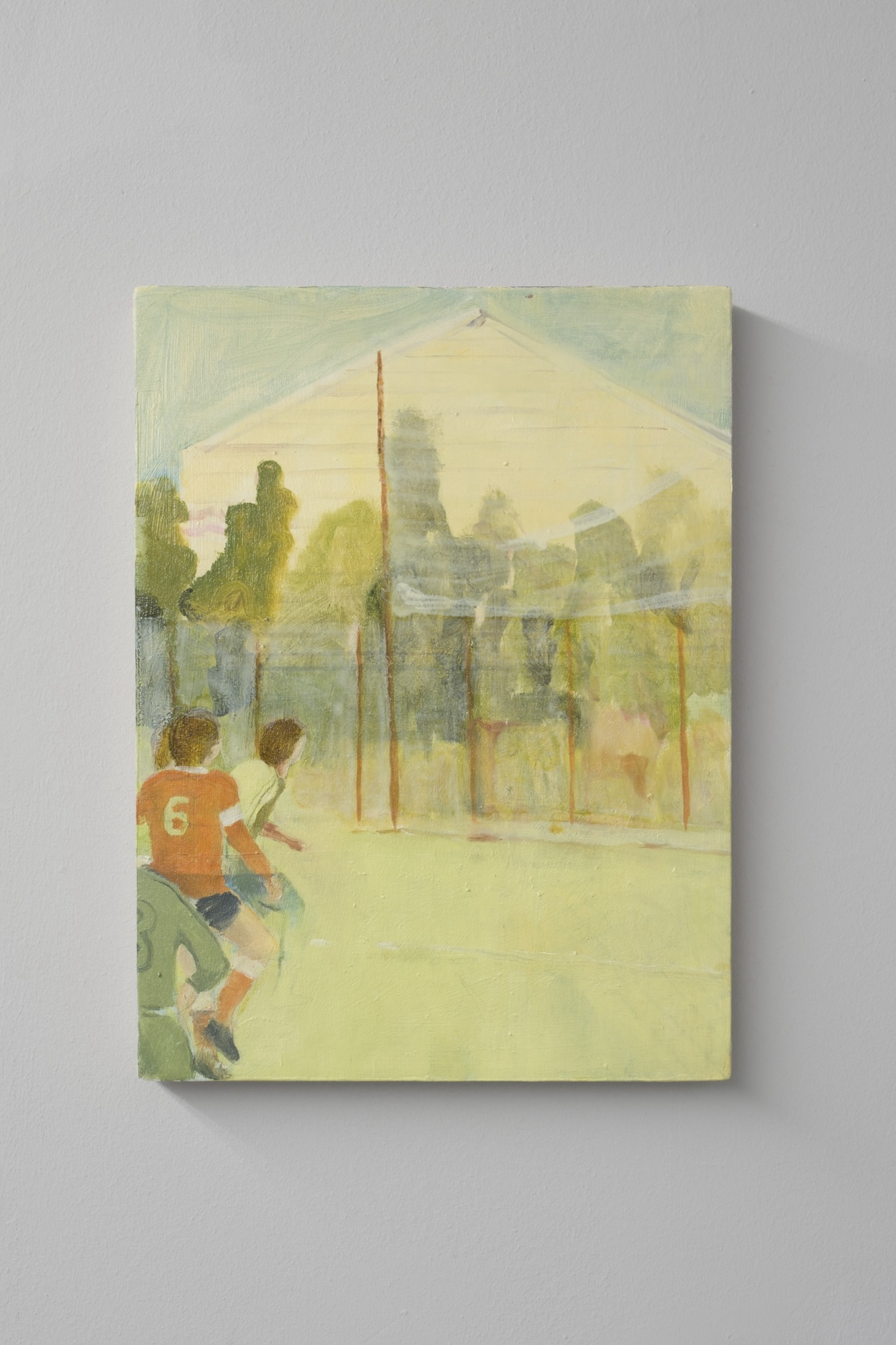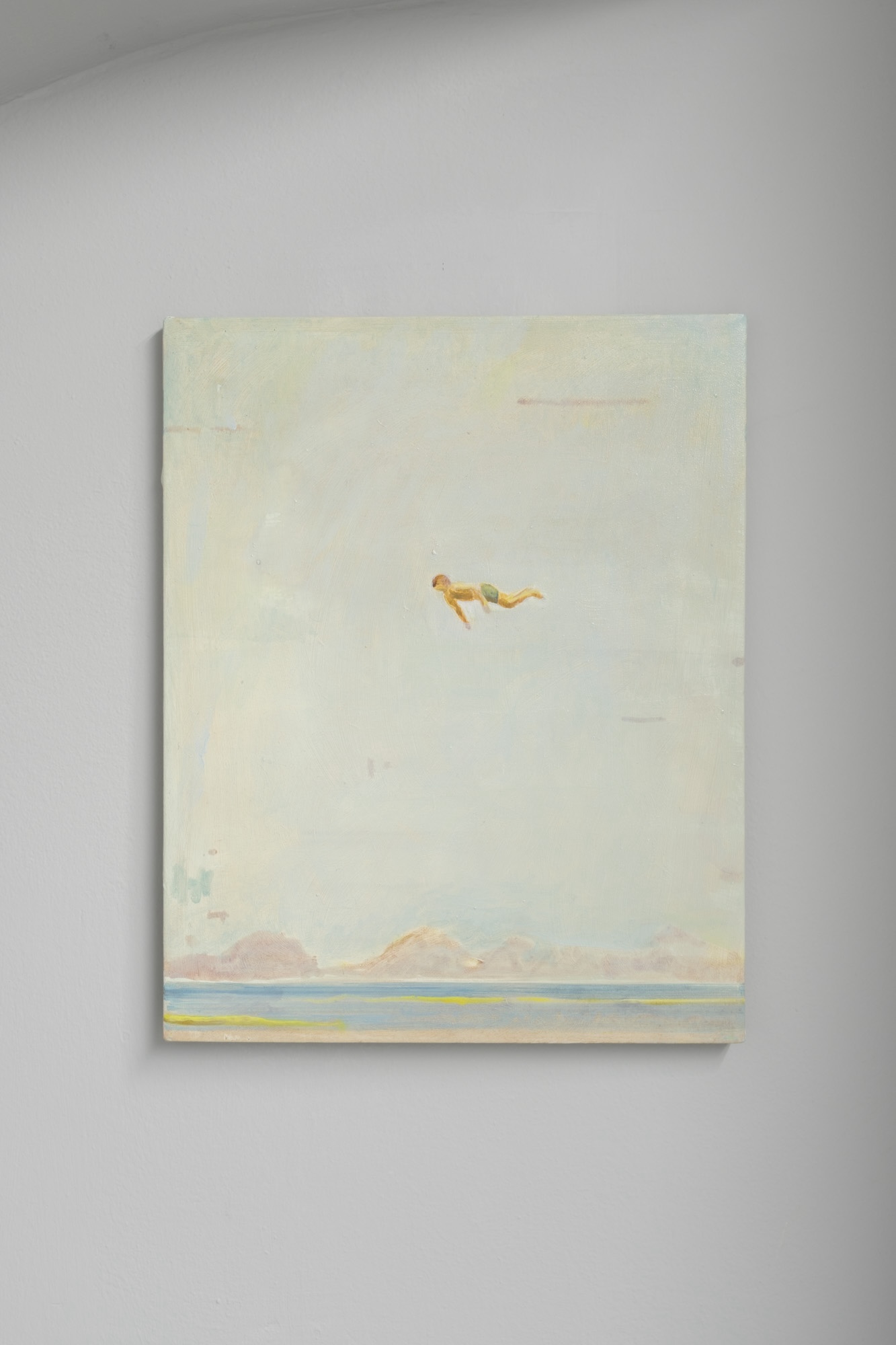Un asterisco ed una parola con un trattino, con un suono che conduce alla lingua inglese, sono i punti di partenza della programmazione artistica di SMDOT/Contemporary Art che vedrà coinvolti cinque artisti, con le loro relative personali nell’arco temporale del 2024.
L’asterisco che solitamente rimanda ad una ulteriore spiegazione diventa l’inizio e RE-SIGNATION, con il suo riferimento italiano RAS-SEGNAZIONE, rappresenta il piano concettuale all’interno del quale i singoli artisti coinvolti inseriranno la loro ricerca. L’obiettivo ambizioso è quello di sviluppare la feconda intuizione del filosofo italiano Franco Berardi “Bifo” descritta nel suo libro “DISERTARE” pubblicato nel 2023, dove l’invito è provare a deviare da una traiettoria depressiva, verso la quale stiamo andando, ad una di ri-significazione. L’invito è quello di leggere il libro, in cui compaiono per la prima volta queste parole, in modo da avere più chiaro l’interessante percorso. In questo contesto c’è una mia appropriazione dell’uso creativo fatto della parola RAS-SEGNAZIONE che con l’inserimento del trattino inventa un nuovo significato e lo avvicina alla parola RE- SIGNATION con l’obiettivo attraverso la pratica artistica di cogliere l’invito di “Bifo” ad abbandonare i meccanismi abituali nei quali ci siamo incastrati ed attribuire nuovi significati ai segni ed ai simboli che ci circondano in un orizzonte totalmente cambiato. Siamo vissuti, fino alla fine del secolo scorso, guardando e muovendoci sempre più velocemente con un’idea di progresso infinito, quindi con l’idea di un orizzonte sempre in continuo allontanamento, oggi, abbiamo compreso che il nostro orizzonte è un orizzonte finito, quindi è tempo di modificare le “regole del gioco” altrimenti saremo tutti perdenti. Filosofia ed arte, possono essere due vettori di questo cambiamento, stimolando quella minoranza di individui disponibili ad accettare questa metamorfosi ed a costruire un nuovo milieu.
Il terzo appuntamento del 2024 di SMDOT/Contemporary Art, che quest’anno ci vede impegnati nello sviluppo del progetto curatoriale denominato
RE-SIGNATION*, permette di arricchire il nostro percorso con la nuova proposta espositiva di Raffaele Santillo, artista italiano, residente a Pordenone, nato a Santa Maria Capua Vetere (CE).
“FACCIO SEMPRE I DEBITI CON I SOGNI, è il titolo della sua seconda mostra personale a Udine. Un titolo, alla prima lettura, enigmatico, contradditorio. Le parole “debiti” e “sogni” usate nella stessa proposizione, oltre all’avverbio “sempre”, creano un cortocircuito. Riconosco/conosco il senso delle singole parole, ma la loro sequenza non mi è chiara, ho bisogno di una nuova riflessione, una rilettura, un nuovo sguardo.
Questo stato d’animo potrebbe essere sicuramente uno dei modi possibili per affrontare in maniera produttiva il percorso non lineare offerto allo spettatore, dove i singoli lavori pittorici, selezionati tra la sua produzione più recente, si mostrano come immagini “virtuali”, utilizzando questa parola nel suo vero significato, cioè qualcosa che non si è ancora verificato, potenzialmente si può verificar, non è detto che si verificherà e come si verificherà. Ogni lavoro può diventare, attivato dallo spettatore, un piccolo portale d’accesso, tra sogno, immaginazione e realtà.
La mostra si manifesta come un elogio estetico al sogno. La dichiarazione
si esprime da parte dell’artista attraverso la produzione di una serie di dipinti. In questo modo è evidente l’obiettivo di ripagare il debito contratto nei confronti di un mondo onirico, ricco di immagini e fecondo di immaginazione. Un debito che non si può estinguere, anzi, che non si deve estinguere, in quanto necessario al comportamento creativo essenziale per ogni essere vivente ed ambiente che ci circonda. Il gesto artistico è l’espressione specializzata di questa attitudine comune ad ognuno di noi, in questo modo, l’intuizione e l’utilizzo della figurazione pittorica da parte di Raffaele Santillo ci introducono un sogno/segno estetico in grado di mostrarci le verità che si sottraggono al principio di verificazione. Niente è così intrinsecamente vero e corrisponde così profondamente alla realtà psichica del sognatore come il sogno stesso. Niente è più onesto di un sogno.
I lavori di Raffaele Santillo descrivono con delle immagini comuni qualcosa che tutti noi sperimentiamo, ossia la dimensione del sogno. Ognuno di noi sogna. Sempre. Anche chi dice di non sognare. L’Io che sogna non è mai presente nei suoi sogni. Viceversa l’Io onirico non sogna affatto, ma percepisce, vede, ascolta, agisce, soffre, pensa e non è sorpreso di nulla. Esiste e basta. Per l’Io che sogna il mondo sognato non esiste, mentre il suo mondo, bello o brutto che sia, è la sola e unica realtà. I sogni li raccontiamo ma quasi sempre non diciamo tutto, aggiungiamo, omettiamo anche senza volerlo, ma spesso sono la narrazione delle nostre caratteristiche individuali.
Lo sguardo verso il sogno (i) che ci propone Raffaele Santillo si allinea ad una sua democratizzazione. Prima erano importanti i sogni dei re, delle regine o di persone influenti nella società e nella politica, ma a partire da Freud i sogni di tutti sono diventati importanti, quelli del re, come quelli del suo schiavo. Non c’è un sogno che è più importante dell’altro e ciò che avviene in un sogno ci proietta in una dimensione che sfugge totalmente alla logica. Il sogno è qualcosa che ha a che fare con l’immaginazione, la quale assume il ruolo principale come fosse lei il direttore d’orchestra dei nostri viaggi notturni e non. I lavori in mostra che raffigurano corpi, azioni, ambienti sono sempre mancanti, nel senso, che c’è sempre qualcosa da cercare, un soggetto, un dettaglio, un oggetto, un colore, un nuovo orizzonte, si muovono, lentamente e disordinatamente, si offrono ad una narrazione sempre nuova, spesso suggerita con sottile ironia all’interno dei titoli. Il sogno, le immagini del sogno, come le immagini pittoriche non negano mai, si mostrano a noi per quello che sono. Il nostro compito è cercare la reciprocità tra mente cosciente e inconscio, tra una forma soggettiva del tempo che non è tempo, quella del sogno, ed il tempo oggettivo, condiviso e intersoggettivo.
I lavori di Raffaele Santillo ci ricordano che il sogno rivela molte cose a noi stessi, rimanendo comunque una grande espressione di libertà. I suoi lavori ci invitano a continuare a sognare e raccontare, noi accogliamo il suo invito attratti dalla figurazione del suo sogno estetico e continueremo a farlo finché l’umanità avrà vita in modo che la nostra vita non possa essere mai svuotata completamente dal suo incanto.
Stefano Monti
An asterisk and a word with a dash, with a sound evocative of the English language, are the starting points of the artistic programming of SMDOT/Contemporary Art that will involve five artists, with their solo shows throughout 2024.
The asterisk, which normally leads to a further explanation, here marks the beginning, and RE-SIGNATION, referring to the Italian term RAS-SEGNAZIONE, represent the conceptual field within which the individual artists’ (Gramm) research will unfold. The ambitious goal is to build on the fruitful intuition of the Italian philosopher Franco Berardi, also known as “Bifo”. In “DESERTING”, his 2023 book, he advocates for all of us to try to deviate from the current depressive trajectory, towards one of re-signification. The invitation is to read the book, in which these words appear for the first time, so as to be clearer about this interesting path. In this context, my appropriation of the creative use of the word RAS-SEGNATION brings it closer to the word RE-SIGNATION with the insertion of the hyphen: it invents a new meaning with the objective of accepting Bifo’s invitation through artistic practice, to abandon the habitual mechanisms in which we are stuck and attribute new meanings to the signs and symbols that surround us in a totally changed landscape. Until the end of the last century, we were watching and moving faster and faster with an idea of infinite progress, that is with the idea of a ever expanding horizon. Today, we have understood that our horizon is a finite one, so it is time to change the “rules of the game” otherwise we will all be losers. Philosophy and art can be agents of this change, stimulating that minority of individuals willing to accept this metamorphosis and build a new milieu.
SMDOT/Contemporary Art’s third appointment this year, part of the development of the curatorial project called
RE-SIGNATION*, enriches our itinerary with the new exhibition by Raffaele Santillo, an Italian artist, resident in Pordenone, born in Santa Maria Capua Vetere (CE).
“ALWAYS IN DEBT TO MY DREAMS,” is the title of his second solo exhibition in Udine. The title might at first appear enigmatic or contradictory. The words “debt” and “dreams” used in the same phrase, in conjunction with the adverb “always”, create a short circuit. The meaning of the individual words is recognized/know, but their sequence is not clear, further reflection, a rereading, a second look are required
This state of mind could certainly be one of the possible ways to productively tackle the non-linear path presented to visitors to the exhibition. The individual paintings, selected from his most recent work, are shown as “virtual” images, where the word is meant in its true meaning, that is, something that has not yet occurred, and could potentially happen, although whether it will or how it will occur is not certain. Each work, activated by the viewer, can become a small access portal, a passage between dream, imagination and reality.
The exhibition manifests itself as an aesthetic celebration of dreams. This
is expressed by the artist through the production of a series of paintings. This makes manifest the aim of repaying the debt to an oneiric world, rich with images and fertile with imagination. This is a debt that cannot be repaid, or rather it must never be paid, as it is necessary for the pursuit of creativity and creative actions essential for every living being and every environment that surrounds us. The artistic gesture is a specialised expression of this attitude that we all share, and in this way, the intuition and use of pictorial figuration by Raffaele Santillo introduce us to an aesthetic dream or sign capable of showing us the truths that escape any kind of verification. Nothing is so intrinsically true, or corresponds so deeply to the psychic reality of the dreamer or the dream itself. Nothing is more honest than a dream.
Raffaele Santillo’s works describe with commonplace images something that we all experience, namely the word of dreams. We all dream. Always. Even those who say they don’t dream. The self that dreams is never present in those dreams. Conversely, the self in the dream does not dream at all, but perceives, sees, listens, acts, suffers, thinks and is not surprised by anything. It simply exists. For the self that dreams, the dreamed world does not exist: their world, beautiful or ugly as it may be, is the only reality. We often describe our dreams, but we almost never tell everything, we add some things, we omit some others even without intending to, often they talk about our individual characteristics.
The examination of dream(s) proposed by Raffaele Santillo is in line with their democratisation. In the past it was the dreams of kings, queens or influential people in society and politics that were considered, but after Freud, everyone’s dreams have become important, those of a slave are just as important as those of a king. No dream is more important than another and what happens in a dream throws us into a dimension that totally eludes logic. Dreams have to do with imagination, whose role is the central one: the conductor as it were, of our journeys into the world of dreams and other things. The works on display depict bodies, actions and environments but always lacking, in the sense that there is always something to look for, a subject, a detail, an object, a colour, or anew horizon. They move, in a slow and disorderly way, they offer themselves to an ever-changing narrative, often suggested with subtle irony in the titles. Dreams and the images in dreams reveal themselves to us for what they are, since painted images never lie. Our task is to seek reciprocity between the conscious and unconscious mind, between a subjective form of time that is not time as such, that of dreams: and objective, shared and intersubjective time.
Raffaele Santillo’s works remind us that dreams reveal many things to us, while remaining a great expression of freedom. His works invite us to continue dreaming and telling stories, we welcome his invitation, attracted by the figuration of his aesthetic dream and we will continue to do so as long as humanity has life so that our life can never be completely emptied of its enchantment.
Stefano Monti
